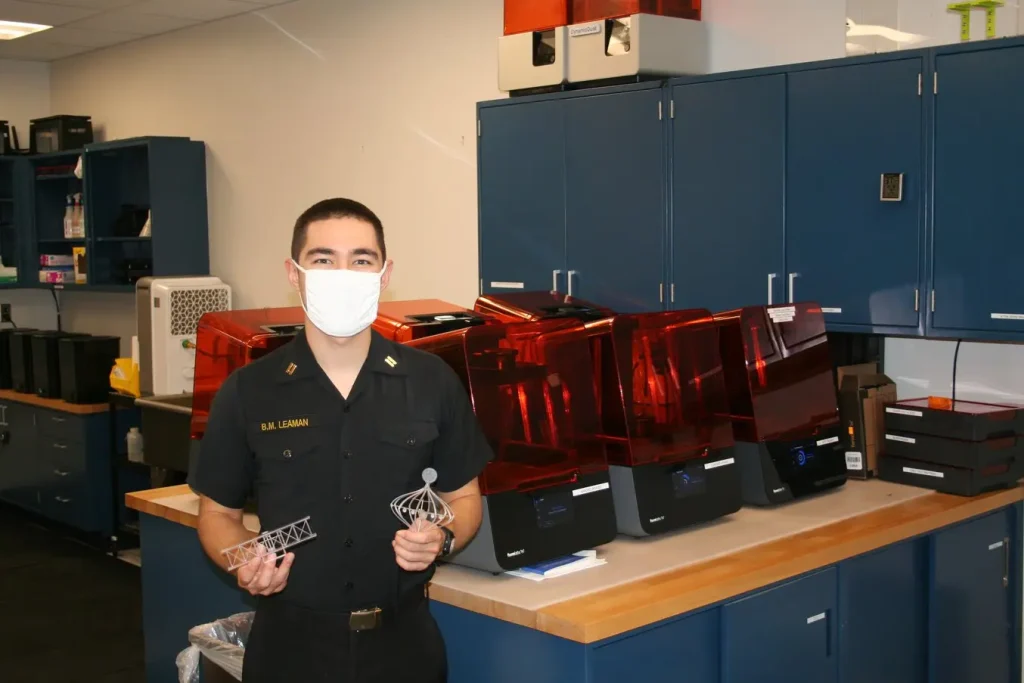Post by Adam Zand, principal
at Almost Ubiquitous
We first defined boring.
It can be an “unsexy” or utilitarian industry that is underserved by the tech
market. For example, insurance is slow to adopt. Technical solutions are slow
to buy. The financial industry 20 years ago was harder to innovate. Banking, in
general, is slow – still often done on mainframes. Recruitment was pretty
standard, but now there is recruitment software. Security used to be boring –
Threats made it exciting.
It can be an “unsexy” or utilitarian industry that is underserved by the tech
market. For example, insurance is slow to adopt. Technical solutions are slow
to buy. The financial industry 20 years ago was harder to innovate. Banking, in
general, is slow – still often done on mainframes. Recruitment was pretty
standard, but now there is recruitment software. Security used to be boring –
Threats made it exciting.
There is an opportunity
and excitement to working in these industries. If there are fewer companies
doing interesting things, it is easier to stand out and be a leader and have
your innovations be adopted by industry.
and excitement to working in these industries. If there are fewer companies
doing interesting things, it is easier to stand out and be a leader and have
your innovations be adopted by industry.
How do you bring
innovation to a company that already has revenue stream?
innovation to a company that already has revenue stream?
Extra growth is
appreciated if the market is saturated. The challenge with boring industries is
that people in them are risk averse. Newness means risk so need to find the
champions. Advent of Internet-based companies can be a kick in the pants in
markets like insurance. You see funny commercials for branding purposes – these
companies understand that younger audiences need to be introduced to the
offerings in interesting ways.
appreciated if the market is saturated. The challenge with boring industries is
that people in them are risk averse. Newness means risk so need to find the
champions. Advent of Internet-based companies can be a kick in the pants in
markets like insurance. You see funny commercials for branding purposes – these
companies understand that younger audiences need to be introduced to the
offerings in interesting ways.
What other industries
are ripe for this innovation?
are ripe for this innovation?
We want to serve
underserved areas. Boring industries can change quickly. Facebook was a status
and photo app. Marketing ecosystem grew up around it. Now, there’s facial
recognition opportunities.
underserved areas. Boring industries can change quickly. Facebook was a status
and photo app. Marketing ecosystem grew up around it. Now, there’s facial
recognition opportunities.
All industries see a
technology come in that makes changes. For example, PowerPoint was big within
education, but is now common. Other industries built tools to support it.
Practice of teaching became more interesting. Now, we have classes online
anywhere, anytime.
technology come in that makes changes. For example, PowerPoint was big within
education, but is now common. Other industries built tools to support it.
Practice of teaching became more interesting. Now, we have classes online
anywhere, anytime.
Industry is changed by a
technology that may not have been intended for it.
technology that may not have been intended for it.
Incremental vs.
disruption.
disruption.
Most big business deals
with incremental but it is very significant. There is great value in the
volume. It may not be sexy for VC, but this is the foundation of our economy.
with incremental but it is very significant. There is great value in the
volume. It may not be sexy for VC, but this is the foundation of our economy.
The session looked at
how do you innovate — balance incremental and disruptive. Helps to have a
group that will support the disruptive ideas, sponsor, champion, and move
forward if it makes sense.
how do you innovate — balance incremental and disruptive. Helps to have a
group that will support the disruptive ideas, sponsor, champion, and move
forward if it makes sense.
A participant from Constant
Contact shared that email marketing was looked at as spam, but an opportunity
was convincing people who wanted to communicate in useful, welcomed ways.
Needed to develop customer relationship and connections. Educate and shift the
dialog. Technology pushed it along. At Constant Contact, some customers might
be caught in the tradition of a three column newsletter that doesn’t work on
mobile. Need to explain the changes and give them samples.
Contact shared that email marketing was looked at as spam, but an opportunity
was convincing people who wanted to communicate in useful, welcomed ways.
Needed to develop customer relationship and connections. Educate and shift the
dialog. Technology pushed it along. At Constant Contact, some customers might
be caught in the tradition of a three column newsletter that doesn’t work on
mobile. Need to explain the changes and give them samples.
A participant from Trip
Advisor shared: Hotels are not tech giants or often connected to the
ecosystem. Lots don’t connect to online booking. Friction exists with potential
clients. At TripAdvisor, they try to ballpark what people could get from an
innovation or new approach. They share what competitors are doing. Some hotels
will say our budget is done – they aleady bought an ad in a trade or business
publication, but can’t show what the benefits were though.
Advisor shared: Hotels are not tech giants or often connected to the
ecosystem. Lots don’t connect to online booking. Friction exists with potential
clients. At TripAdvisor, they try to ballpark what people could get from an
innovation or new approach. They share what competitors are doing. Some hotels
will say our budget is done – they aleady bought an ad in a trade or business
publication, but can’t show what the benefits were though.
Motivation for
innovation often comes from:
innovation often comes from:
- Fear from outside
- Demands of consumers
We discussed innovation
as an in-house, incentivized program. A participant who once worked at
Warner Brothers shared there was an incentive program around DC Comics.
They had a effort where anyone could pitch an idea. If your idea wins you get a
huge TV. 75 people were competing to improve a process. Internal competition
gets people excited. Can look at all the programs.
as an in-house, incentivized program. A participant who once worked at
Warner Brothers shared there was an incentive program around DC Comics.
They had a effort where anyone could pitch an idea. If your idea wins you get a
huge TV. 75 people were competing to improve a process. Internal competition
gets people excited. Can look at all the programs.
At Microsoft, you have a
set amount of time to do whatever you want. Not part of your daily work. Lots
of problems gets solved at those times.
set amount of time to do whatever you want. Not part of your daily work. Lots
of problems gets solved at those times.
This supports incentives
with internal competition. One company shared that there is a pitch to VPs once a quarter.
Facetime with VPs is important to many employees, however you might miss out on
the introverts. Another person shared, this would spice up an innovation team
that tends to meet monthly and can get stale.
with internal competition. One company shared that there is a pitch to VPs once a quarter.
Facetime with VPs is important to many employees, however you might miss out on
the introverts. Another person shared, this would spice up an innovation team
that tends to meet monthly and can get stale.
Someone from Mitre
shared that innovation is part of the defined research budget. Anyone can
submit a proposal. There is a six month project that can be measured and
continued if necessary. Eventually, needs to show successes. Homegrown
innovation gets people excited. More buy in.
shared that innovation is part of the defined research budget. Anyone can
submit a proposal. There is a six month project that can be measured and
continued if necessary. Eventually, needs to show successes. Homegrown
innovation gets people excited. More buy in.
Are there people in your
companies looking out for innovations, trends?
companies looking out for innovations, trends?
Need to ask: Is there a
technology out there that will change our industry. Where is market going? What
do customers want?
technology out there that will change our industry. Where is market going? What
do customers want?
This discussion showed
innovation is alive and well in seemingly “boring” industries.
innovation is alive and well in seemingly “boring” industries.


